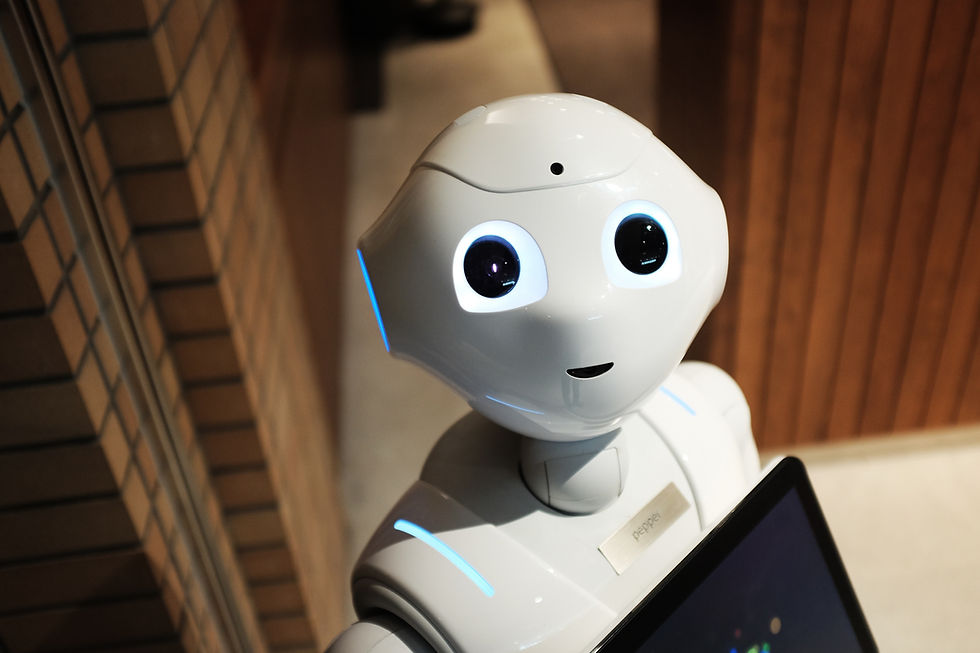How AI Has Enhanced—But Not Replaced—My Appraisal Work
- Nadeau's

- Jun 24
- 2 min read

As a professional appraiser with decades of hands-on experience evaluating fine art, antiques, and personal property, I’ve always relied on a deep well of training, intuition, and industry knowledge to perform my work accurately and credibly. But like many professionals, I’ve recently integrated AI tools into my daily workflow—and the results have been both transformative and instructive.
To begin with, AI has significantly improved the descriptive aspect of my reports. As someone who doesn’t naturally gravitate toward writing, I’ve found that AI can elevate my object descriptions to a near academic level, often producing content that reads like it was drafted by someone with a master’s degree in art history or decorative arts. This has been particularly helpful when preparing lengthy appraisals that demand highly detailed appraising language. It’s allowed me to maintain a level of narrative polish and grammatical precision that would have otherwise taken hours of effort.
That said, AI is not infallible. On a regular basis, it misreads artist signatures—sometimes assigning attribution where none is warranted, or missing a known artist altogether. It can mistakenly label reproductions as antiques, or misclassify modern pieces as historic. AI does not possess the contextual understanding needed to assess age, construction methods, or surface integrity. Nor can it apply professional judgment to determine whether something is authentically valuable or simply decorative.
Another major limitation is in AI’s valuation output. Because it pulls data from the entire internet, it does not distinguish between actual market sales and unrealistic asking prices. It can present inflated values based on what someone wants for an item—not what it’s actually worth. Just because a seller lists a $100 object for $1 million online does not mean that object has that value. AI lacks the discernment to filter speculative or uninformed listings from real, comparable sales—the cornerstone of any credible valuation.
While AI has certainly elevated certain efficiencies in my business, it’s become clear that it is not a replacement for human expertise. If anything, it has highlighted just how much of this work relies on direct observation, critical thinking, and professional discernment—skills that are honed over decades of hands-on experience and cannot be replicated by algorithms or automated tools (at least not yet).
In short, AI is a powerful tool—one I will continue to use and refine—but the human eye remains central to credible, defensible appraisals. As I tell clients regularly: a program might help draft the report, but it’s the trained appraiser who determines what actually belongs in it.
Like this post, AI helped me organize my thoughts and express them exactly how I would want to write it—if writing came as easily to me as appraising does.






Comments